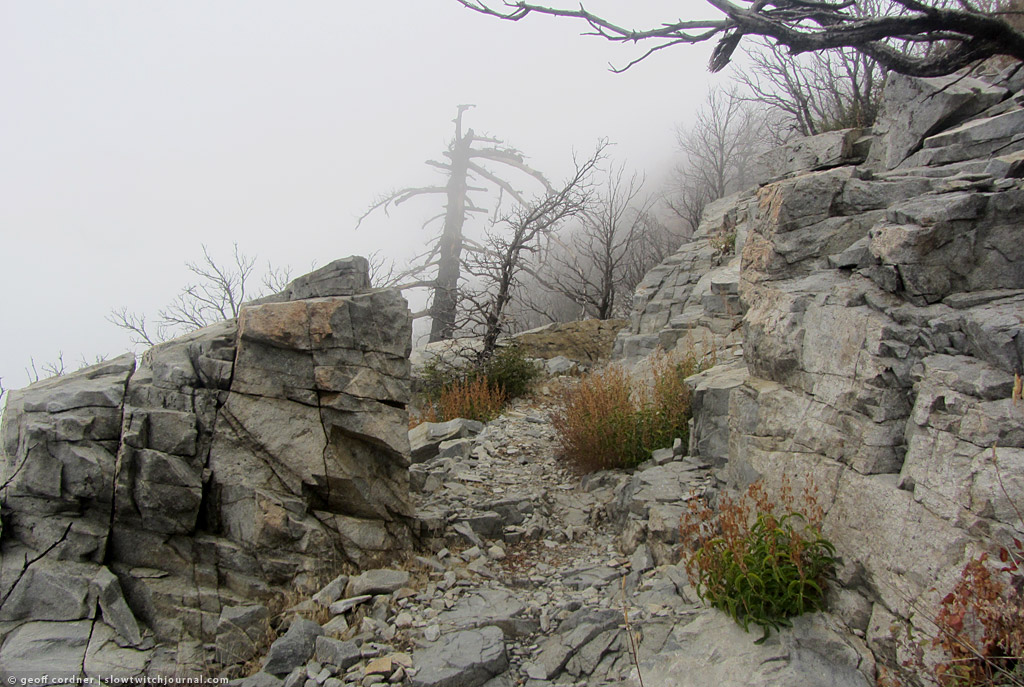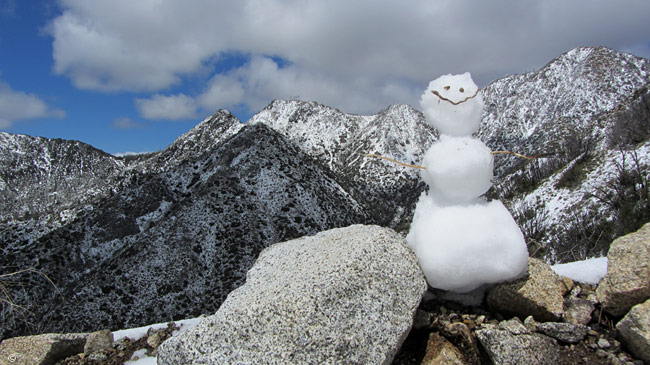The First Week of Winter
It’s the first week of winter here in Los Angeles.
That means something completely different than it means if you are from, say, Canada, where I grew up.
In Canada, this would also be around the first week of winter. In Calgary, right now, they are expecting a high of 24 degrees, and snow. As I recall, we usually had our first real snowfall right around Halloween, as often as not on Halloween night itself.
Autumn, there, would begin right around the very first days of school. If snow marks winter, than frost marked autumn. There would be the first frost on the ground always right around the first days of school, and by first days I don’t mean the first week or two. I mean it happened the day before or the day after the first day of school. The changing of the seasons was done with precision up there. Leaves would fall, we’d have Thanksgiving (a month and a half earlier than in the USA, and more-or-less corresponding with traditional European – and, especially, English – harvest festivals, which in turn are often determined by the Harvest Moon).
Autumn was a short season in Canada. You’d go from the first frost to full time snow in less than a couple of months. It was just a transitional season. Winter was the season that seemed to last forever.
The distinction in Southern California is much more “subtle”. That is to say, if you are in the city of Los Angeles itself, it’s barely noticeable. Autumn is marked by a change in the light more than a change in temperature. Winter has a change in temperature, and, often, some rain.
In the ocean, autumn happens some time in mid September. I’m not much of an oceanographer, but it seems to me that there is always a rather abrupt shift in the water temperature right around the middle of September. It suddenly gets a lot colder, even while we are as likely as not having the hottest temperatures of the year on land. And then, usually, things slide into an autumn that you can really only see. You can’t feel it.
Winter you can feel, and if you are in the mountains you can see it. In the mountains, there will be snow above 6,000 or 7,000 feet. It’s there now, later November, thick and powdery after last week’s storms. In the lower front range, there will be fog, sometimes very thick, and it’ll get chilly once you reach 4,000 feet.
I took my first winter run last weekend, starting just above Millard and heading up the old Mt. Lowe Railway to Mt. Lowe, and then back down through Echo Mountain. This is an area full of extraordinary history, most of it recent (like there’s any other kind of history in the United States).
The Mt. Lowe trails have become some of my favorites. The West Mt. Lowe Trail, heading up from Sam Merrill, is steep and rocky and challenging. It’s a short and tiring trip. The West Mt. Lowe Trail heading up from the junction of Mt. Lowe Railway, the Mueller Tunnel trail, and the Mt. Disappointment trail is much more gradual, but still rocky and technical in spots; easily runnable and choked with poodle dog bush. The East Trail back down to Sam Merrill is a rocky downhill full of trip hazards – I usually almost fall (but not quite) once or twice on every run. The three trail segments of Mt. Lowe all combine to make my favorite running in the front range.
I have been working longer hours than ever this past month. A lot of this involves training people, and dealing with people is very, very taxing for me. My social skills are lacking. I’m not the world’s most touchy feely guy, and my diplomacy skills are, well, I don’t have any. If I don’t spend enough time in the mountains, I start to snarl a bit too much.
These runs have been far too few, and sorely needed.
Here are some shots from this first weekend of winter.




Leave a Reply
Want to join the discussion?Feel free to contribute!